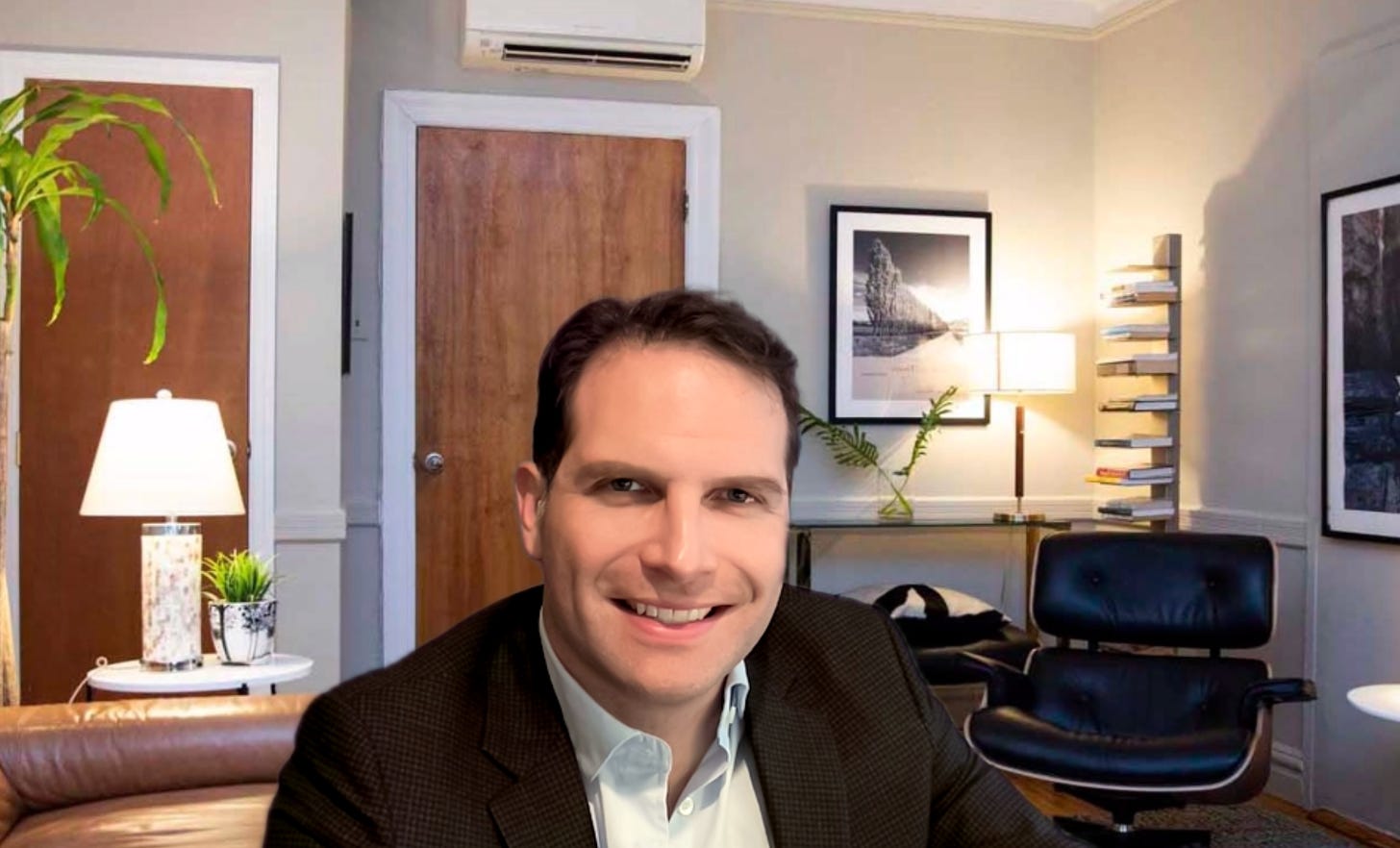What it's like to be a full-time telemedicine doctor
"My wife is in the room next door, my 2 year old is downstairs and my dog is at my feet."
Dr. Mike Hoaglin is a trained emergency medicine physician. But since the pandemic, he’s been seeing patients exclusively from the comfort of his California home. He starts his day at 7am and works until about 5pm with a few hour-long breaks.
Currently, he’s juggling work with a few different digital health companies, including Brightside (behavioral health) and Oscar Health (urgent care). He’s previously worked with Hims & Hers and Doximity, so has experienced quite a broad spectrum of different telehealth companies and patient populations.
Sometimes he misses banter with his colleagues, but there are definite upsides to a remote lifestyle. "My wife is in the room next door, my 2-year-old is downstairs and my dog is at my feet,” he told me. “Can’t say I’m lonely.”
Dr. Hoaglin is part of a growing trend of doctors moving out of hospitals and clinics and into remote work with venture-backed virtual care providers. Researchers at EAB, a consulting firm focused on education, found that in…




